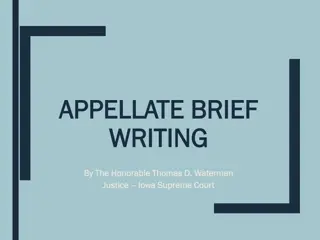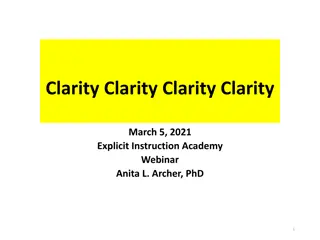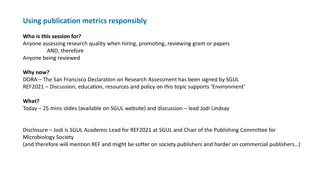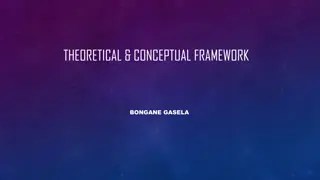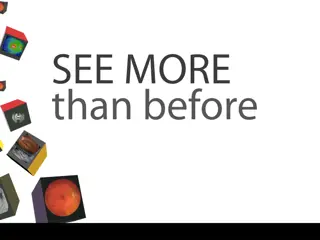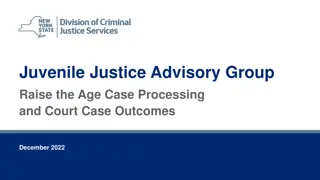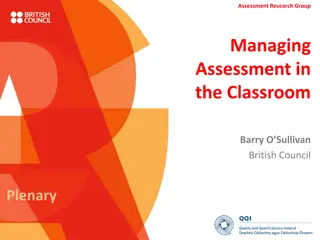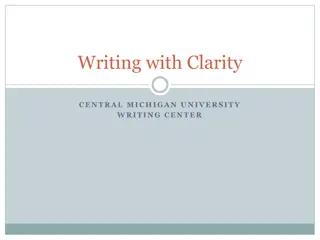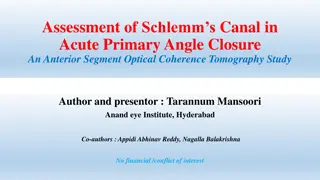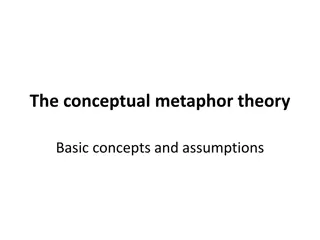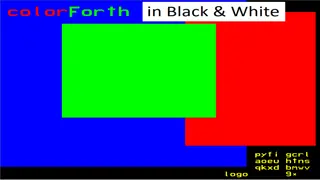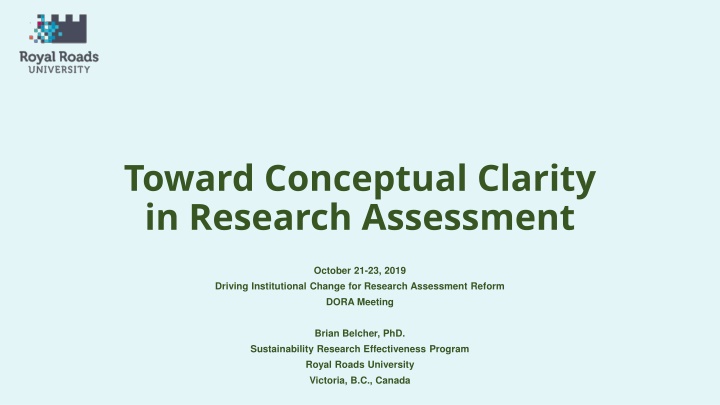
Driving Change in Research Assessment and Organizational Reform
Explore the evolving landscape of research assessment and institutional reform, focusing on the shift towards impact-driven research, increased social emphasis, and conceptual clarity in defining research outcomes. Delve into the CGIAR's mission to address global challenges through agricultural research and organizational reforms for enhanced effectiveness and partnership.
Download Presentation

Please find below an Image/Link to download the presentation.
The content on the website is provided AS IS for your information and personal use only. It may not be sold, licensed, or shared on other websites without obtaining consent from the author. If you encounter any issues during the download, it is possible that the publisher has removed the file from their server.
You are allowed to download the files provided on this website for personal or commercial use, subject to the condition that they are used lawfully. All files are the property of their respective owners.
The content on the website is provided AS IS for your information and personal use only. It may not be sold, licensed, or shared on other websites without obtaining consent from the author.
E N D
Presentation Transcript
Toward Conceptual Clarity in Research Assessment October 21-23, 2019 Driving Institutional Change for Research Assessment Reform DORA Meeting Brian Belcher, PhD. Sustainability Research Effectiveness Program Royal Roads University Victoria, B.C., Canada
Changing expectations of research Increasing demand for research to have impact Increased focus on social impact Evolution in research approaches (Mode 2, Utilization-focused research, TDR, Sustainability Science, etc.) Research assessment for: appraisal; accountability; allocation; advocacy, and; analysis
CGIAR Vision: Reduce poverty and hunger, improve human health and nutrition, and enhance ecosystem resilience through high-quality international agricultural research, partnership and leadership 15 Research Centers 16 Consortium Research Programs 8,000 scientists, researchers, technicians, and staff Annual Budget approx. $850M
CGIAR Organizational Reform More and broader partnerships Increased emphasis on results-based management Ambitious 2030 Targets Co-responsibility for outcomes
Responses included: Fear, confusion, resentment Conceptualizing & defining research effects in systems context Theory of change in research planning Increased inter- & transdisciplinary research Developing theory-based evaluation approaches Re-defining research quality beyond disciplinary bounds Institutional support to facilitate transition
Terms and Definitions Many definitions and uses of terms outcome and impact (Belcher and Palenberg 2018) 16 defining elements Typically defined relatively (e.g. short-term vs long term; immediate vs distal; small scale vs large scale; short duration vs long duration) We focus instead on the nature of change
Linear model of research impact Academic Research Impact Generic Impact Mission-level Impact Uptake and use The world is a better place Knowledge/ technology Scaling up Research Dissemination Knowledge Mobilization Societal Impact
Definitions Output: New knowledge, technical or institutional advances and other direct products and services produced by a research project or program (sphere of control).
Definitions (cont.) Output: New knowledge, technical or institutional advances and other direct products and services produced by a research project or program (sphere of control). Outcome: A change in knowledge, attitudes, skills, and/or relationships (KASR), manifest as a change in behavior, that results in whole or in part from the research and its outputs (spheres of influence & interest).
Definitions (cont.) Output: New knowledge, technical or institutional advances and other direct products and services produced by a research project or program (sphere of control). Outcome: A change in knowledge, attitudes skills, and/or relationships (KASR), manifest as a change in behavior, that results in whole or in part from the research and its outputs (spheres of influence & interest). Realized Benefits (Development Impact): A change in economic, social or environmental condition resulting in whole or in part from a chain of events to which research has contributed (spheres of influence & interest).
Lessons for Changing Research Culture Make it possible: training; support teams for multiple functions; build and apply theory-based evaluation; end-of-project outcomes; Make it easy: ToC templates; guidance documents; Make it normative: build impact culture; appreciate multiple pathways and approaches; 3 pillars; Make it rewarding: Performance contracts recognize & reward range of contributions; improved donor communications; CGIAR QoR4D framework; Make it required: System-level targets; Explicit ToC for projects over $100K; Systematic reporting and assessment; Categories from Nosek 2019
References and Resources Sustainability Research Effectiveness website: www.researcheffectiveness.ca Belcher, B. & Palenberg, M. (2018). Outcomes and Impacts of Development Interventions: Toward Conceptual Clarity. American Journal of Evaluation, 39(4), 478-495. Belcher, B. M., Rasmussen, K. E., Kemshaw, M. R., & Zornes, D. A. (2016). Defining and assessing research quality in a transdisciplinary context. Research Evaluation, 25(1), 1-17. Nosek, B. (2019). Strategy for Culture Change. Centre for Open Science blog. https://cos.io/blog/strategy-culture-change/Follow us on Twitter @SREffectiveness




